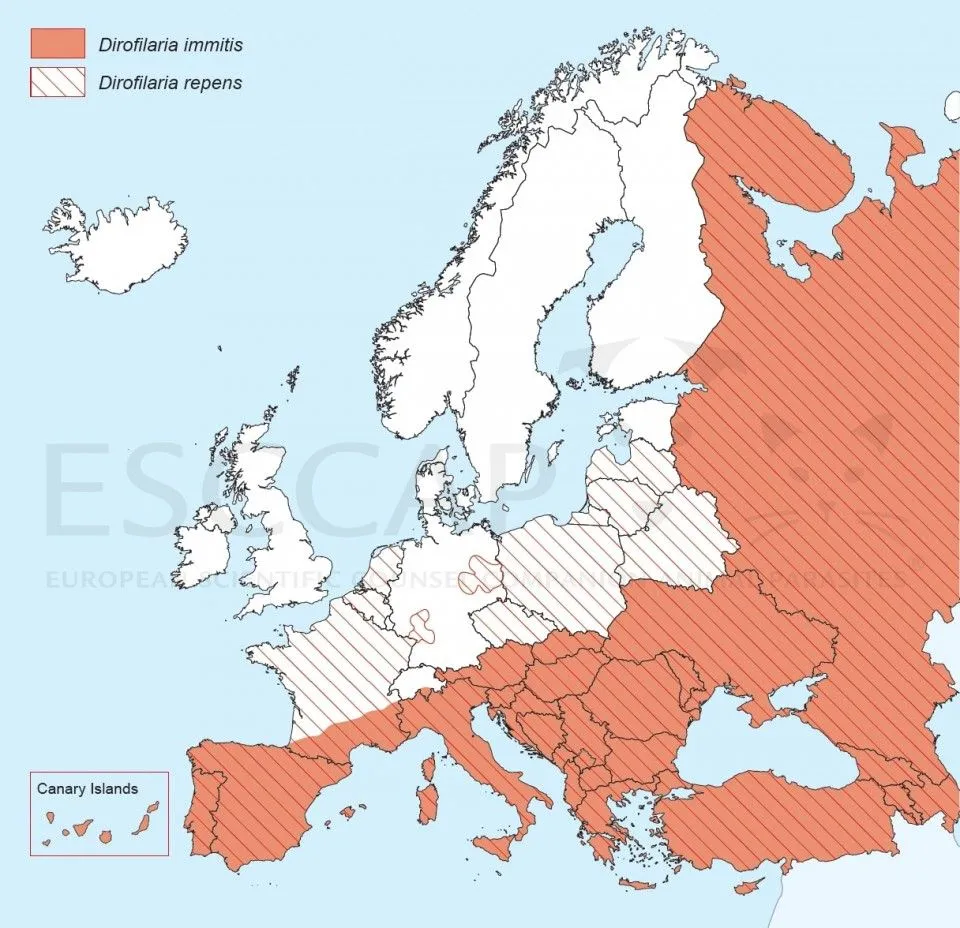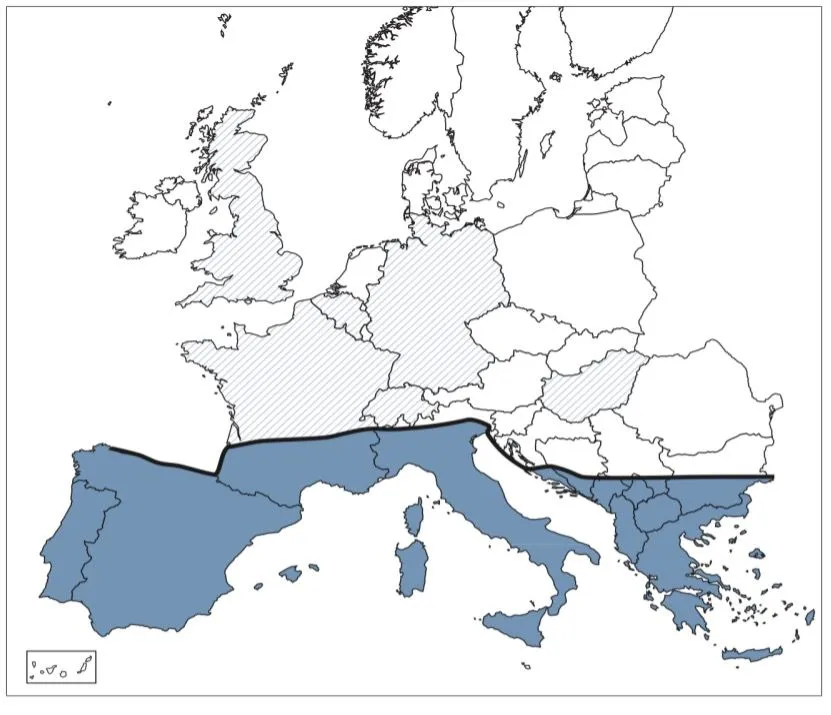Pet on a trip
How nice that your pet is traveling with you. Good preparation prevents stress and disappointments.
Nutrition
Make sure you bring enough of your pet's own food. A sudden change can cause gastrointestinal complaints. If you give raw meat, start adding chunks well in time so that your animal is used to the taste and the intestinal flora can get used to it. Pay attention! It is a myth that you are not allowed to mix chunks and meat. This is no problem.
Valid travel document
For travel to countries in Europe, your animal must have a valid passport which is correctly completed.
- Signatures in the right place.
- Some parts must be laminated.
- The animal must be microchipped and the rabies vaccination must be given on time.
- The chip must be read and sometimes a health certificate is required and/or a deworming that may not be older than a certain date (varies per country). For the correct import requirements, bezoek voor meer informatie licg.nl/invoereisen-per-land-europa.
- Sometimes a titer determination is also necessary for rabies. This is a test to see if the rabies vaccination has been successful. This sometimes has to be long (months) before the trip, so start preparing in time.
- For travel to countries outside the EU licg.nl/invoereisen-per-land-buiten-europa sometimes the document must be legalized at the NVWA, the Dutch Food and Consumer Product Safety Authority nvwa.nl.
Antiparasitics
Other parasites occur abroad than in the Netherlands. Make sure you provide your animal with adequate protection when traveling.
Protect your dog or cat against ticks, sand flies and mosquitoes and worms with the right products.
Fox tapeworm
Deworm your animal on the day of return with Milbemax. If you stay in a risk area for longer than a month, deworm your animal monthly. This worm is also contagious for you as a human. Your pet gets this worm by coming into contact with rodents. The map below shows where the worm occurs.

Heartworm
The worm is mainly seen in the months of April-October, when you travel to a risk area in these months we give the following advice: within 30 days of arrival at your destination you must deworm your dog with Milbemax, you must do this continue monthly until 30 days after returning from the area. If you use Nexgard® Spectra (dog) or Stronghold® (dog/cat) or 3 monthly Bravecto® (dog/cat) every month, this is also sufficient. In addition, it is good to protect your dog or cat with a Scalibor band against the mosquitoes that transmit the worm.
The heartworm mainly occurs in southern Europe (see map below). The worm is transmitted through mosquitoes. It is therefore important that you protect your pet against mosquitoes to prevent infection with the worm.
When your animal becomes infected with this worm, this will cause serious complaints to the heart or lungs.

Tick disease: Babesia and Ehrlichia
Check your pet daily for ticks and use a tick repellent and killing agent. We have various products in practice for this: Scalibor collar (Dog), Seresto flea and tick collar (Dog/Cat), Nexgard® Spectra (Dog), Bravecto® (Dog/Cat), Stronghold® plus (Cat).
These diseases are transmitted by ticks. The map below, mainly below the red line, shows where the tick that can transmit this disease is found. Both parasites are also called blood parasites. This is because they settle in the red (Babesia) or white (Ehrlichia) blood cells of your pet when infected. Babesia can be treated well, but if your animal is not treated, it could die from the disease. In principle, Ehrlichia can be cured well, although the process can be lengthy.

Leishmania
To protect your pet against the sand flies that transmit Leishmania, the advice is to put a Scalibor band on your pet. If you prefer not to use a collar, there are 2 spot-ons that are active against this sand fly (Vectra 3D and Advantix). We do not have these in stock as standard, but we can of course order them for you. We also advise to keep your pet indoors as much as possible in the evening, this is the time when the sand fly is most active.
This disease is transmitted by sand flies. When your pet is infected, this will cause serious symptoms to the skin and kidneys, among other things. The disease is treatable but not curable. Lifelong medication is often necessary. The map below shows where Leishmania occurs.

First aid and medication
Remember to take sufficient medication if your animal uses medication on an ongoing basis. Order it on time because sometimes a delivery time can be longer than you are used to. It may also be wise to take some things with you in case your sick animal gets injured or becomes ill on the way. Think of bandages and honey ointment for injuries and medication against motion sickness.